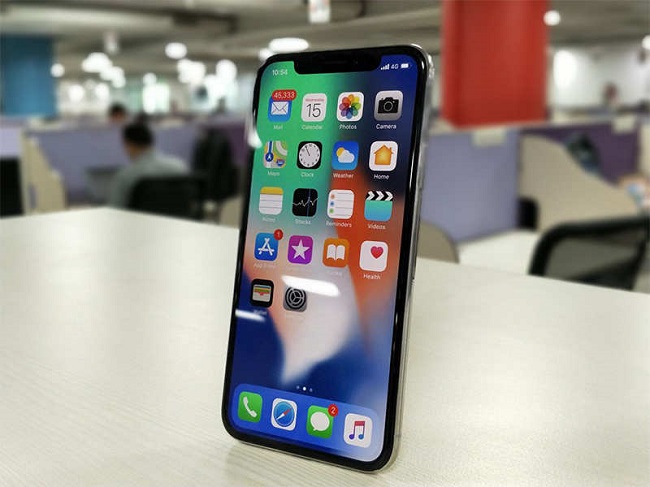Older iPhones, Samsung phones might not be as safe as we think
Apple and Samsung phones released over the last three years may be producing radio frequency radiation at levels higher than current Federal Communications Commission (FCC) limits allow, according to a report by the Chicago Tribune. Scientists and consumers have shown increasing concern radio frequency radiation from our devices may have adverse effects on human health, especially with 5G rolling out across the globe. The new report demonstrates older phone models, operating in the 3G and 4G bands, have the potential to exceed the FCC’s safe limits by up to as much as five times.
Smartphone manufacturers are required to abide by the FCC guidelines in regards to radio frequency radiation absorption by the body. The current measure used to determine the safety limit is known as the “specific absorption rate,” or SAR, and the FCC set this at 1.6 watts per kilogram (1.6W/kg), averaged over 1 gram of tissue. The FCC states that this limit is “well below that at which laboratory testing indicates … adverse health effects could occur.”For a phone to receive approval, the FCC states that any device will never exceed the maximum SAR level, but the Tribune’s investigation shows a handful of older models do.

The Tribune’s extensive investigation tested 11 different models: Four iPhone models (the iPhone 7, 8, 8 Plus and X), three Samsung Galaxys (the S8, S9 and J3), three Motorolas (the e5, e5 Play and g6 Play) and a BLU Vivo 5 Mini. The phones were tested by RF Exposure Lab, an FCC accredited laboratory in San Marcos, California. The investigators placed smartphones within 2, 5, 10 or 15 millimeters of a “simulated body” — a mix of sugar, water and salt — and measured levels of exposure with a series of probes.
The results show that iPhone 7 radio frequency absorption levels were among the worst offenders, with a SAR almost two to four times higher than the safety limit when tested 2 mm from the body. The three Samsung Galaxy models also showed higher absorption at the same distance, with the Galaxy S8 topping out with a reading of 8.22W/kg, five times higher than the current standard.The report states that the FCC will now conduct its own tests over the coming months but they told the Tribune the testing was “not as comprehensive” as those usually filed for official compliance reports.




